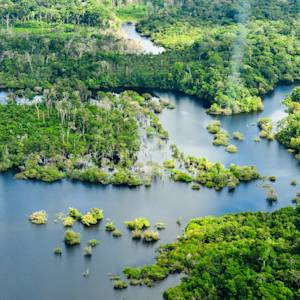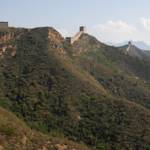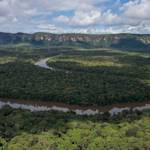Cerrado Biosphere Reserve, world’s most biodiverse savanna
1994 CE • Goiás, Maranhão, Piauí, Tocantins, and Federal District, Brazil
South America's Cerrado "is the world’s most biodiverse savanna, home to 5% of the planet’s animals and plants . . . habitat for about 200 species of mammals, 860 species of birds, 180 species of reptiles, 150 species of amphibians, 1,200 species of fish, and 90 million species of insects. Giant anteaters and armadillos are among its 60 vulnerable animal species, 12 of which are critically endangered. Of its more than 11,000 plant species, nearly half are found nowhere else on Earth, and local communities rely on many of them for food, medicine, and handicrafts . . . The Cerrado is also extremely important as a source of water. Of 12 major hydrological regions in Brazil, six begin in the Cerrado, including the Pantanal, the world’s largest wetland. Nine out of 10 Brazilians use electricity generated by water originating in the Cerrado savanna." Since the 1950s, the Cerrado has faced significant degradation caused by agricultural expansion and deforestation. However, the establishment of the Cerrado Biosphere Reserve, which covers 296.5 thousand square kilometres, has emerged as a beacon of hope for this critical ecosystem, actively preserving its unique savanna biodiversity. Engaging local communities, the reserve has effectively implemented strategies to combat habitat loss, conserve water resources, and promote the coexistence of communities and wildlife.
"Cerrado," World Wildlife Fund.
Image: Rosario Xavier from Pixabay


Learn about Maya Lin’s fifth and final memorial: a multi-platform science based artwork that presents an ecological history of our world - past, present, and future.

Discover ecological histories and stories of former abundance, loss, and recovery on the map of memory.

Learn how we can reduce our emissions and protect and restore species and habitats – around the world.

See how art can help us rethink the problems we face, and give us hope that each one of us can make a difference.

Help make a global memorial something personal and close to home. Share your stories of the natural world.


